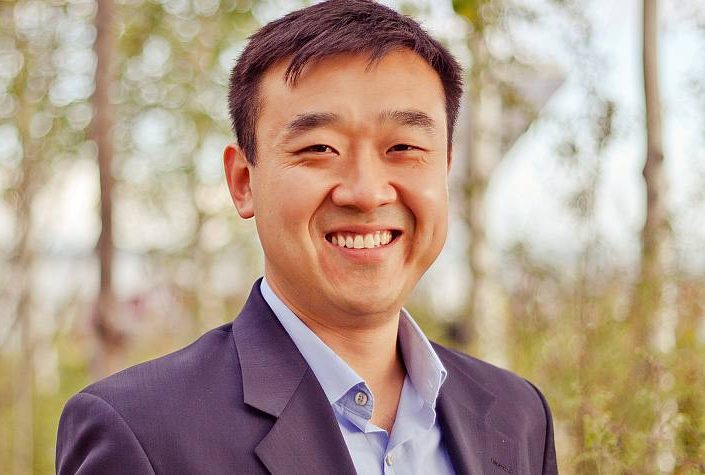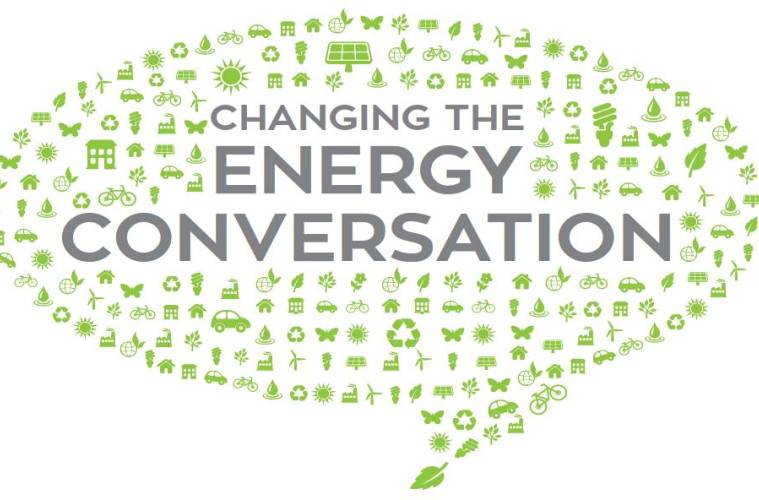This post was originally published in Conscious Company Magazine’s Fall 2015 issue.
By Jimmy Jia
In 1964, the Columbia River Treaty between the US and Canada created the hydropower management framework for the Pacific Northwest. The US was interested in developing hydropower but needed a steady supply of water. Since the first third of the river resides in Canada, Canada agreed not to develop power-generation capabilities. Instead, it would develop and operate its dams for flood control purposes and maintain a steady water supply to the US. In return, Canada would receive 50 percent of the power generated as part of the Canadian Entitlement. This coordination of water resources has helped the region meet over 60 percent of its power needs from clean renewable hydropower. Although the treaty has no end date, either side can give a ten-year termination notice. Both countries are considering whether and how to renegotiate the treaty.
As important as the treaty is to electricity, the negotiations and discussions are not conducted in the language of energy – kilowatts, kilowatt-hours, voltage, amps, power factor, etc. Those decisions are left up to the engineers. Instead, the participants are determining their positions based on fishing rights, flood control, irrigation needs, tribal lands, recreation, economic development, and other demands. The actual energy issue has become ancillary to and is disconnected from these businesses governmental and social concerns.
This disconnect exists on a personal level as well. I am frequently asked by frustrated professionals, “why don’t people care about energy?” When asked, businesspeople will tell you how much they are concerned with renewable energy and the environment. According to the National Federation of Independent Businesses, out of 75 priorities, the cost of fossil fuels ranks as the third highest concern and cost of electricity as the 12th highest concern for small business owners. Yet reducing energy use in a cost-effective manner is ranked only 43rd out of 75 concerns. Why is there such a disconnect between unavoidable energy costs and available energy actions?
I believe this disconnect exists because the energy industry focuses on issues of supply while businesspeople focus on outcomes. This is exacerbated by the societal attention given to energy supply. The topics of solar, wind, coal, nuclear, and a litany of other sources are just one side of the multifaceted problem. Even energy efficiency, which on the surface looks like a demand-based argument, is generally discussed in terms of buying more devices, products, or equipment. One cannot solve any problem by looking primarily at supply or purchases. Decisions should be made based on needs and outcomes.
Businesspeople are driven by corporate goals. They speak in the language of revenues and expenses in order to manage priorities and uncertainties. Energy is typically treated as a critical resource but not as a manageable one. However, good energy practices can often support business goals. For example:
1. An architect wants to target “green” and “sustainable” clientele. He installs solar panels on his office next to a busy thoroughfare in order to advertise his commitment to the environment, even though the panels will take over 15 years to pay back.
2. A homebuilder wants to increase the asset value of his home when he sells it. He designs and builds a highly energy-efficient home. He uses a track record of lower monthly bills to justify a higher selling price.
3. A restaurant owner wants to be able to sell more product by building a walk-in refrigerator. This would expand his capacity to sell and, at the same time, would replace four old and unreliable refrigerators that could break any time. The single unit replaces four refrigeration condensers with one, reducing his overall energy usage.
In each of these decisions, the business need took precedence over the energy outcome. Certainly, in these scenarios, a reduction in consumption was aligned with the business’s end goal. However, there are far more examples of desired outcomes that increase energy consumption. These include anything from the increased convenience of same-day delivery to long commutes from living far away from work.
A new outcome-oriented approach is to align energy strategy with business goals. The most cost-effective method for achieving an outcome is the one that also consumes the least amount of resources, including energy. For example, in the late 1890’s, the outcome our society wanted was low-cost, universal access to electric power. Samuel Insull of Commonwealth Edison Company pioneered the infrastructure and regulatory regime we have today in order to serve the largest consumer load with the fewest number of power plants. The results of his efforts are apparent: since 1960, according to the Energy Information Administration, the inflation-adjusted cost of electricity has actually fallen by 10 percent. In that sense, our energy infrastructure is a runaway success and we should be proud of the engineering and ingenuity that went into delivering the correct solution.
However, as with any product, consumers’ tastes change over time. Consumers now want same-day delivery of products, universal Internet access, affordable intercontinental travel, and bananas available year-round in the grocery store. No longer satisfied with just low-cost and universal power, consumers now demand reliability, resilience, and environmental security while maintaining the existing benefits of universal access, convenience, and low cost. Engineers can certainly build any of these systems, except that some of these requirements compliment each other while others are opposed. For instance, solar power can contribute to environmental security but can’t provide for thermal comfort at night. Adding batteries will solve that problem – and improve resilience and reliability – but significantly increases the cost of the system. Waiting for better low-cost technologies requires delaying meeting environmental goals.
Aligning our business outcomes with energy goals can significantly reduce energy footprints. For instance, a walkable neighborhood is both convenient and requires less driving, reducing the need for fossil fuels. Thermal comfort can be attained by turning on the air conditioner, but it can also be achieved by opening a window or insulating the walls. Buying fresh food every day can reduce the need for cold food storage of food, reducing the size of a refrigerator and its corresponding energy use. Frequently, best practices tend to increase the quality of life and reduce energy impact at the same time.
Our conversations about energy are too one-sided. We need to discuss energy outcomes with the same vigor as we talk about supply. After all, societal needs can frequently be satisfied by consuming more energy, as a result, we expect abundant and cheap energy to be readily available to solve our problems. Too often we forget to ask what the desired outcome is and whether energy is even needed to deliver it. Instead, let’s start by looking at the outcome. From there, we can figure out the lowest-cost method to provide it. You may be surprised. The lowest-cost delivery may just also consume the least amount of energy and have the lowest environmental footprint.
 Jimmy Jia, LEED® Green Associate, is a co-founder and CEO of Distributed Energy Management where he is developing the technology and business strategy to lower operating expenses of a commercial building by applying business intelligence to energy data. His interest lies in the intersection of energy information, consumer behavior and decision making of operations. Jimmy teaches the Certificate in Sustainable Energy Solutions at Presidio Graduate School.
Jimmy Jia, LEED® Green Associate, is a co-founder and CEO of Distributed Energy Management where he is developing the technology and business strategy to lower operating expenses of a commercial building by applying business intelligence to energy data. His interest lies in the intersection of energy information, consumer behavior and decision making of operations. Jimmy teaches the Certificate in Sustainable Energy Solutions at Presidio Graduate School.

